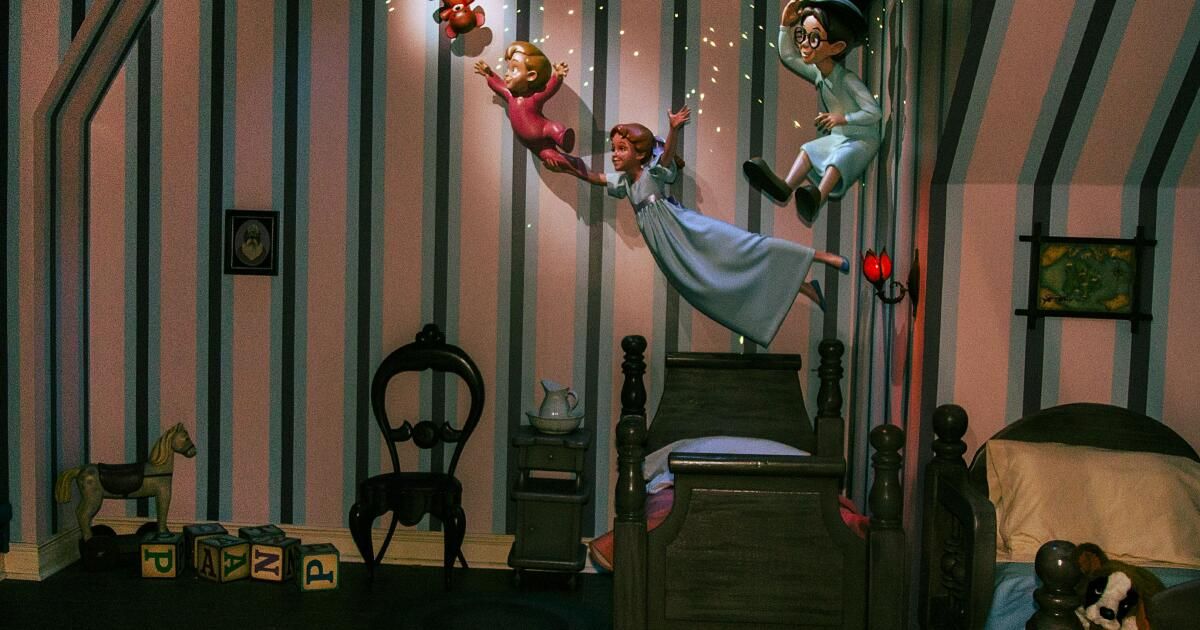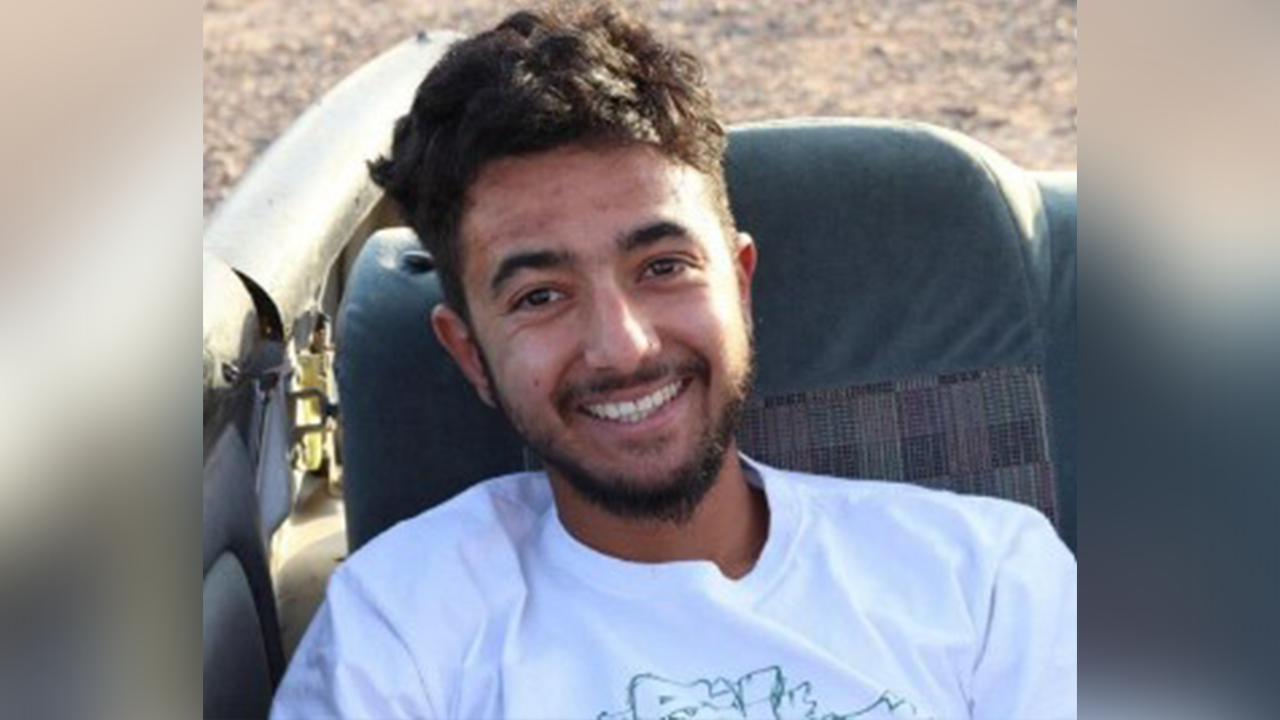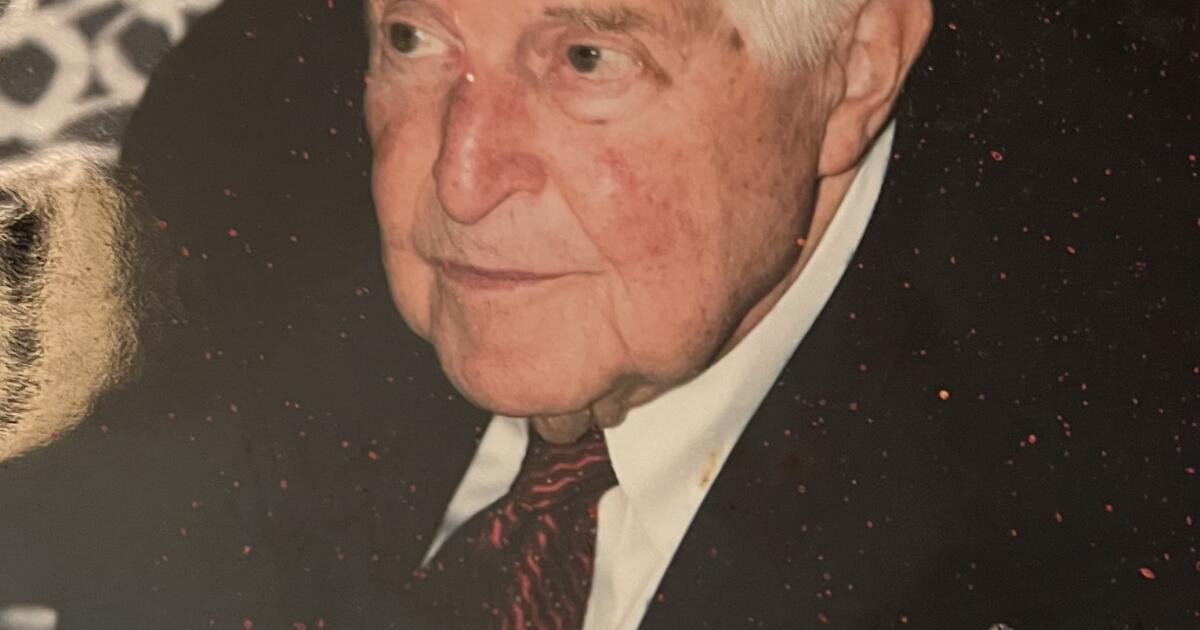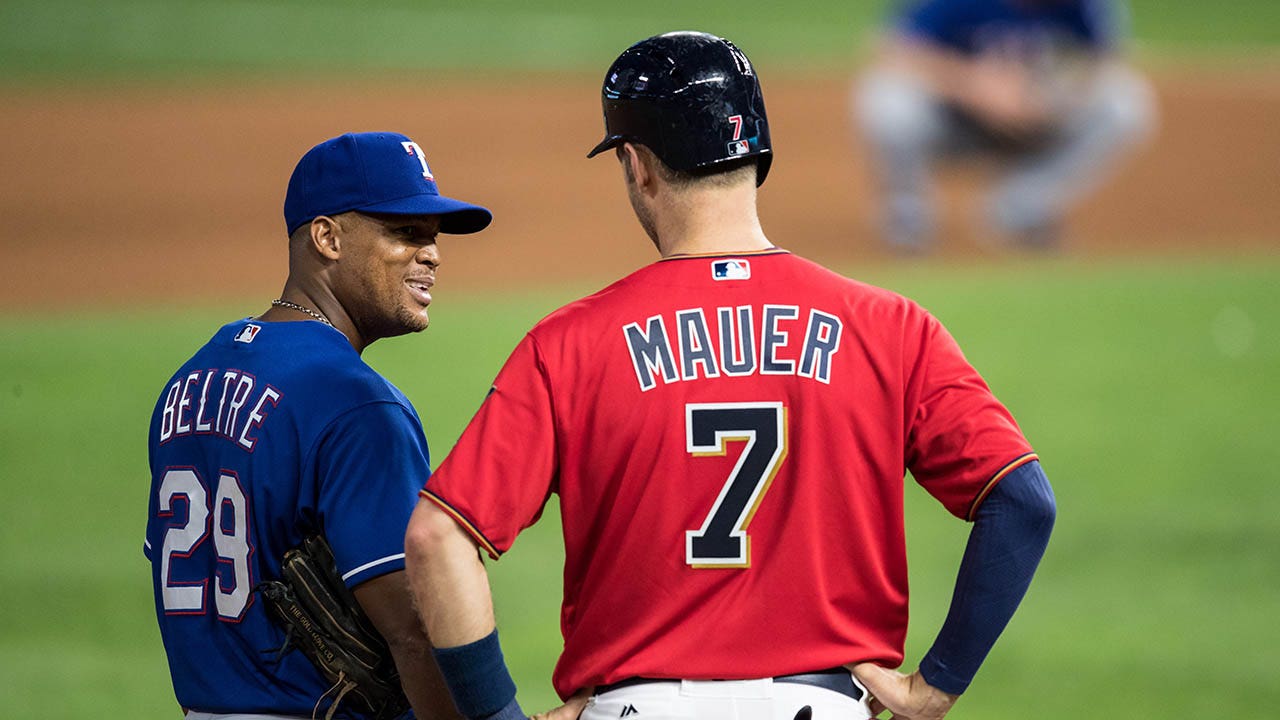Disneyland is set to update one of its oldest attractions to correct racist tropes about indigenous people.
Peter Pan's Flight, one of the theme park's original attractions when Disneyland opened in Anaheim in 1955, will update Tiger Lily and her tribe on the ride, which has come under scrutiny for its racist depiction of Native American characters.
An updated version of the Neverland Tribe was recently unveiled at the company's Walt Disney World in Orlando, Florida, and the company said guests can expect to see those modifications at all of its locations around the world. The company did not provide a timeline.
“Imagineers has a long history of making updates and enhancements to attractions and experiences to keep them fresh and relevant,” Disney officials said in an emailed statement.
James Matthew Barrie, who wrote the play “Peter Pan” and then the novel “Peter and Wendy” in the early 20th century, used racist terms like “redskins” and “savages” to describe Native American tribes, and this image carried over into the 1953 adaptation of his play in the Disney animated film “Peter Pan,” with musical numbers like “What Makes the Red Man Red?” In 2015, Disney was accused of whitewashing Tiger Lily by having Rooney Mara, a white woman, play the Native American princess in “Pan.”
Disney has posted a notice about the 1953 film on its website that notes, “The film portrays Indigenous peoples in a stereotypical manner that reflects neither the diversity of Indigenous peoples nor their authentic cultural traditions.” Its 2023 live-action film, “Peter Pan & Wendy,” attempted to flesh out Tiger Lily’s narrative arc by giving her character more lines of dialogue and hiring Indigenous actress Yara Shahidi to play the role.
Before last week's update at Walt Disney World, Tiger Lily and her tribe were shown sitting around a campfire with their arms crossed while others played drums. The tribe members have exaggerated features, such as wide noses and large feathered headdresses. The updated figures show Tiger Lily and her grandmother dancing around the campfire and men playing drums in the background.
Disney did not respond when asked if it had consulted with indigenous tribes about the change.
“We consider ourselves constant learners, and as we identify ways we can make our attractions and experiences more authentic and relatable, and our stories connect more deeply with our guests, we make thoughtful changes,” Disney officials continued in their statement to The Times.
Not everyone was happy with the changes Disney was making to the classic attraction.
“Go wake up and go bankrupt,” one Facebook user commented on news of the changes.
But others were glad to see the company updating depictions they felt were stereotypical and harmful.
“I love the drum circle and the dancers. Someone put a lot of thought into the update instead of just removing it,” commented another.












